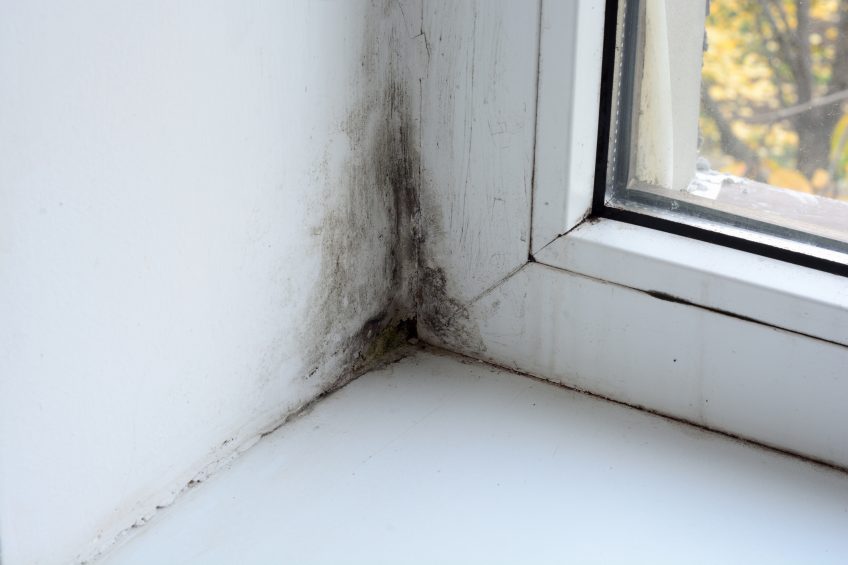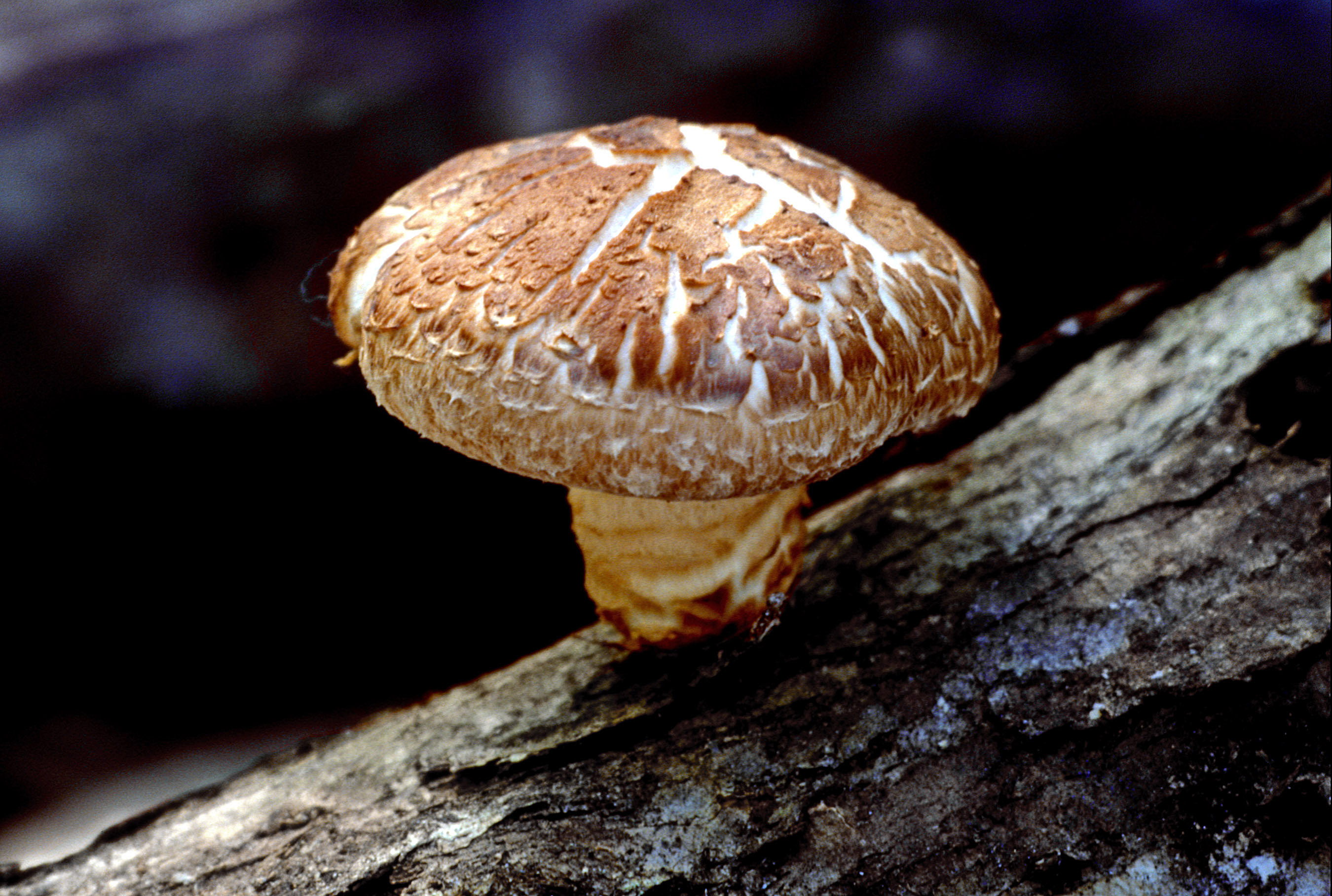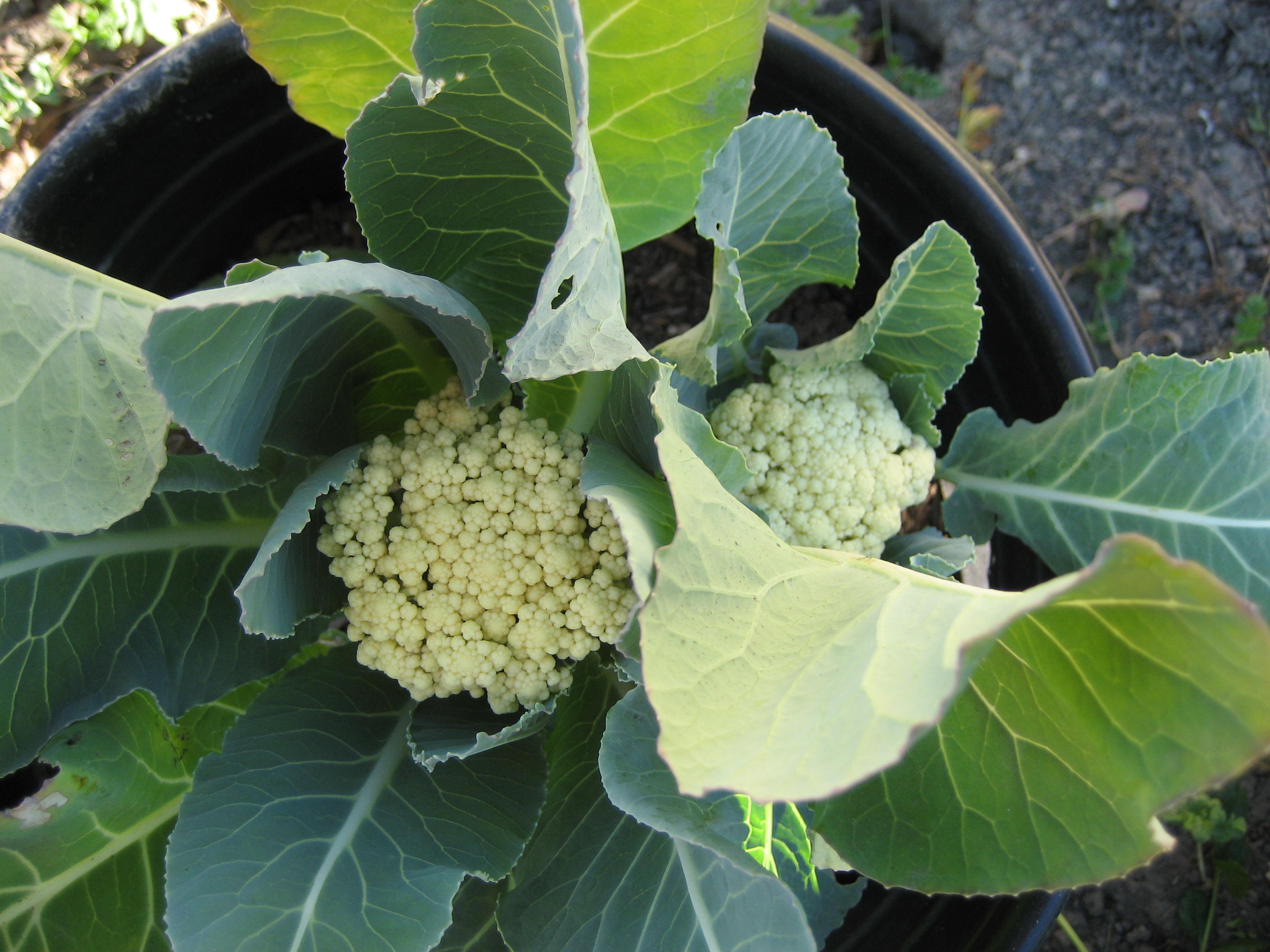
If you’re sitting in your house sneezing, coughing, and dealing with skin, eye, and throat irritations, there is most likely mold present somewhere. People that are suffering from asthma or allergies know precisely how damaging mold can be to their health. Those with a healthy system aren’t going to notice mold growing somewhere quite as quickly. While you can’t control the mold you come in contact with outside of your home, it is possible to contain and eliminate it from your house. Start by checking some of the most common places where it gets found.
What is Mold and Why Do You Have It?
Your home offers the perfect growing conditions for mold. There is darkness, oxygen, warmth, and a place for it to reproduce. As soon as humidity levels rise or stagnant water is present from a water leak, the growth of mold is almost impossible to stop.
It’s a fungus by definition. Microscopic spores float through the air, and when small clusters start to form, you can see them growing. The spores can cause attacks and other health issues with those that have existing breathing conditions. Without a health issue, you might not be able to tell there is even mold in your home. You should still be checking these common areas regularly to be sure.
Basement
The basement is most likely the darkest and dampest section of your home. When you walk down there, if you smell a musty odor, there’s a good chance it is mold. Some of the areas to look at while you’re in the basement inspecting for mold are:
- Around ducts and pipes
- Around the sump pump area
- Anywhere the foundation is leaking
- Windows or vents
Prevent mold growth by using a dehumidifier and fixing any leaks.
Suggested Article: 15 Things That Will Help Conserve Your home Energy
Bathroom
The bathroom is another damp area that is ideal for mold growth. You have to be sure that there is proper ventilation through the use of fans and windows to prevent it. While the mold on the tile is apparent because you can see it, there are other places to check like:
- On the floors and wall
- Sink and toilet
- In the shower or tub
This guy shows us clear as day how anyone can power with ZERO cost>>>
Kitchen
Mold in the kitchen tends to multiply because of the use of the hot water for dishwashing and a warm oven increasing the temperature. Food in the sink or left in the fridge can be sources for mold growth. With all the great real estate, make sure you’re looking at these areas:
- Microwave and stove
- Refrigerator and pantry
- On, in, and around the kitchen sink
- Trash cans
- Cutting boards
- Behind the stove
Living Room
You might think that there aren’t favorable conditions in your comfortable living room for mold, but there are. Think about when you or your kids eat in there. Food undoubtedly falls off the plate which can start mold growth. Houseplants also have the potential of producing mold. Look in these spots:
- On the couch or the curtains
- The plants
- Chimney or fireplace
Keep everything clean and use a dehumidifier to keep the humidity down in your living room to prevent mold growth issues.
Bedroom
All of your rooms are susceptible to mold, including your bedroom. Keep your humidity levels down and regularly check these areas for growth:
- Windows and window sills
- Mattresses
- Vents for air conditioning and heat
A waterproof mattress cover or a mold resistant mattress can assist with keeping mold out of the area where you sleep. If you see any condensation forming, clean it up and see if there need to be repairs made.
Related Article: Simple Bed Bug Check






